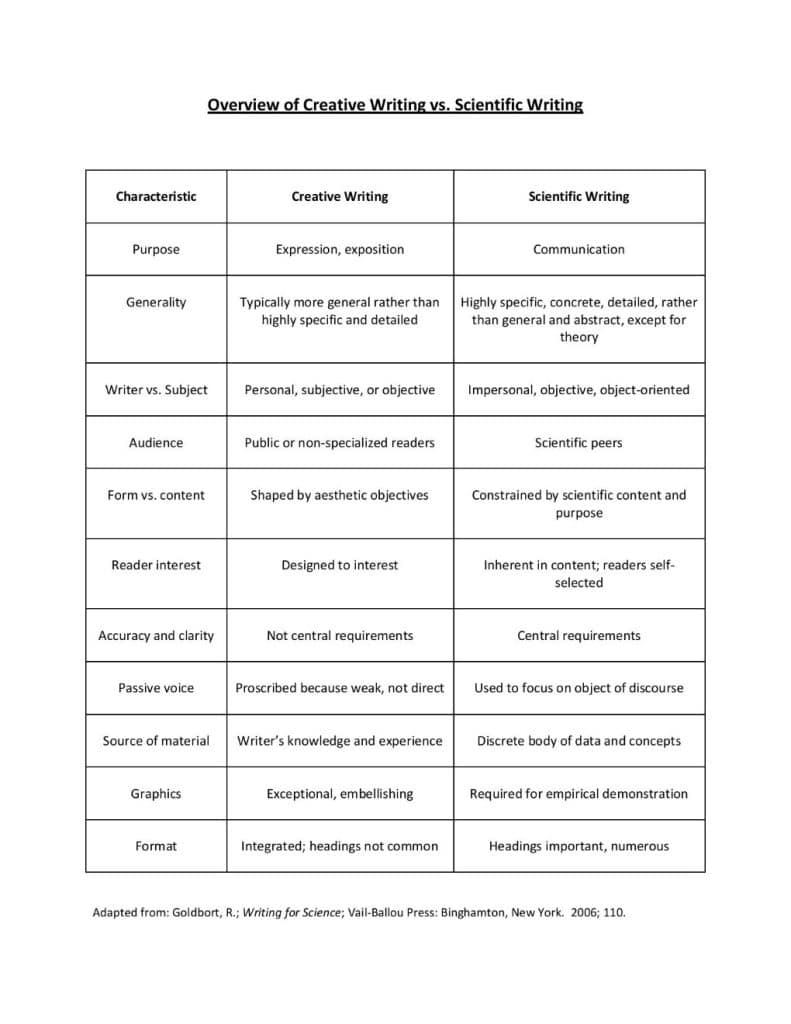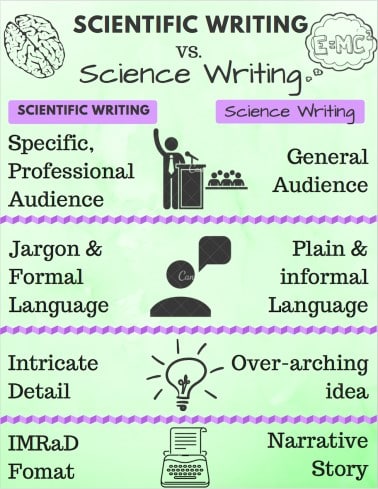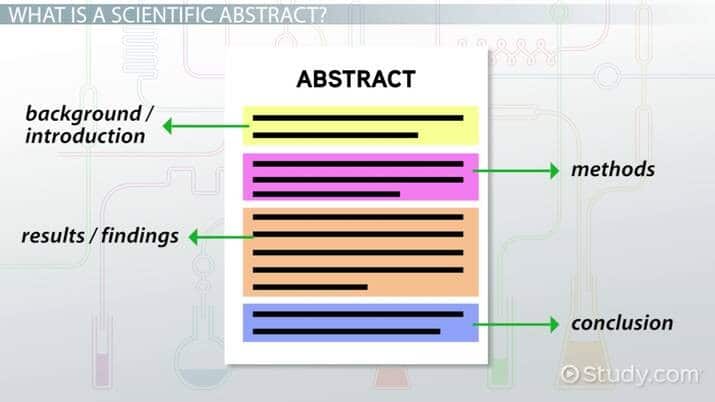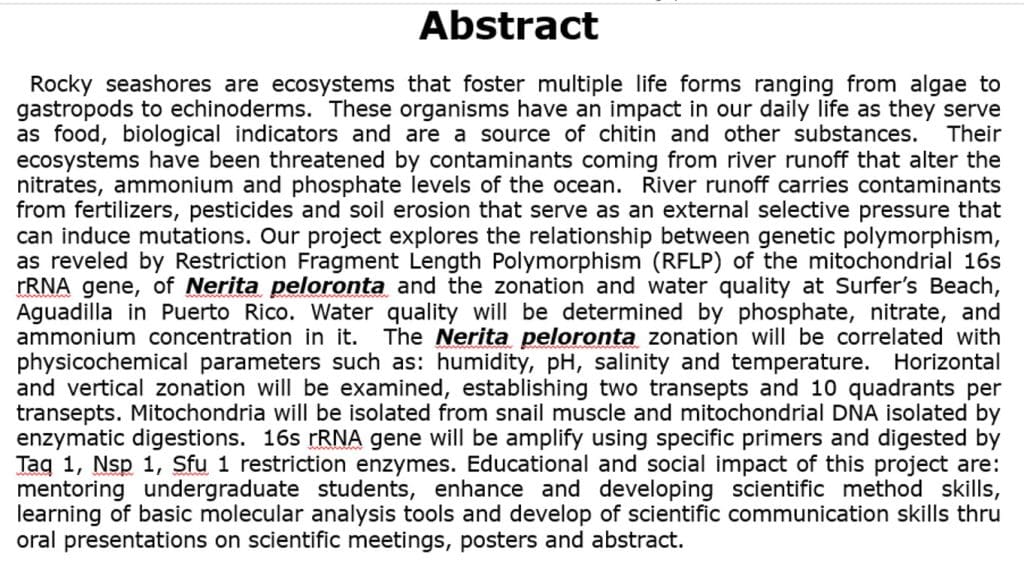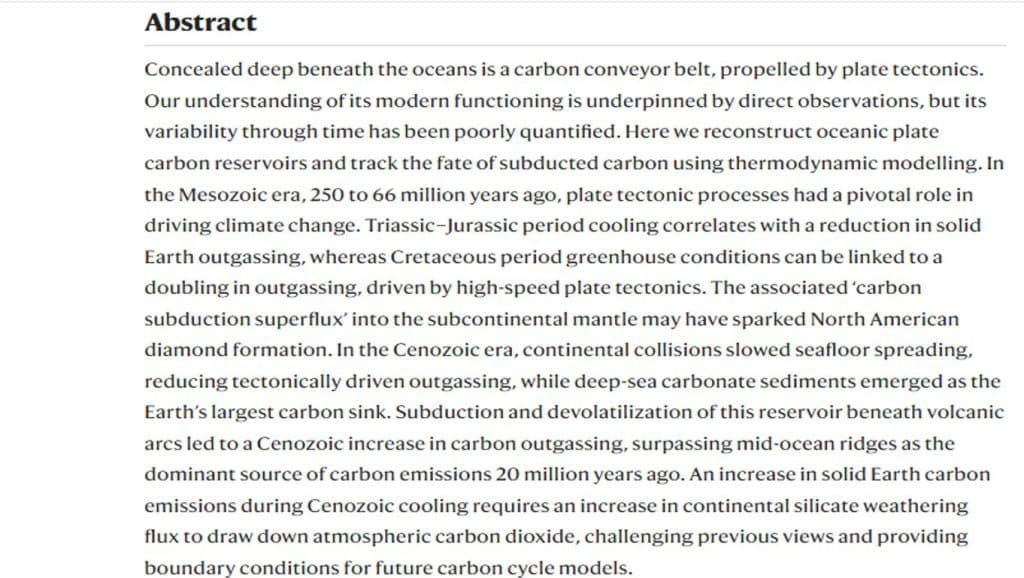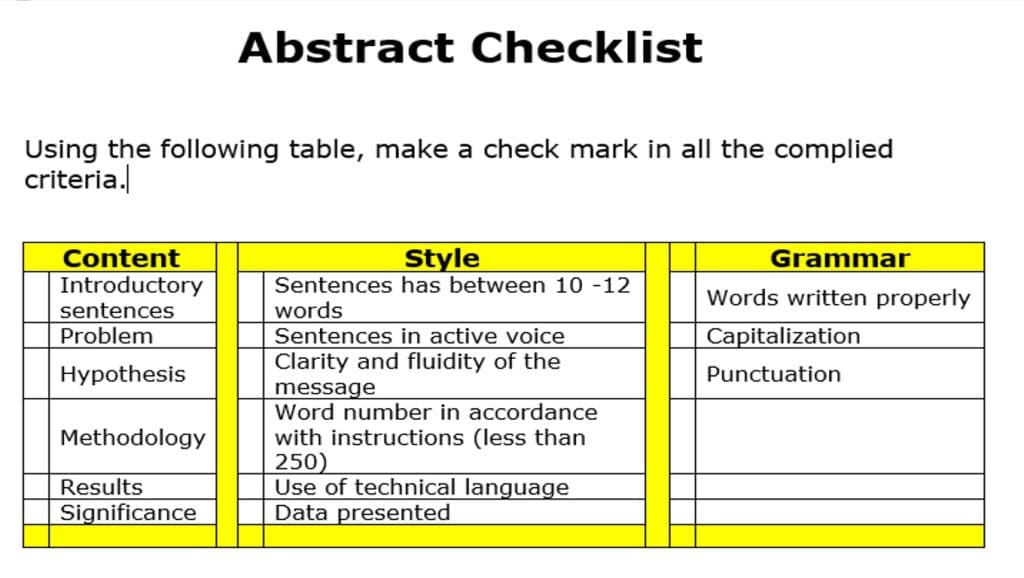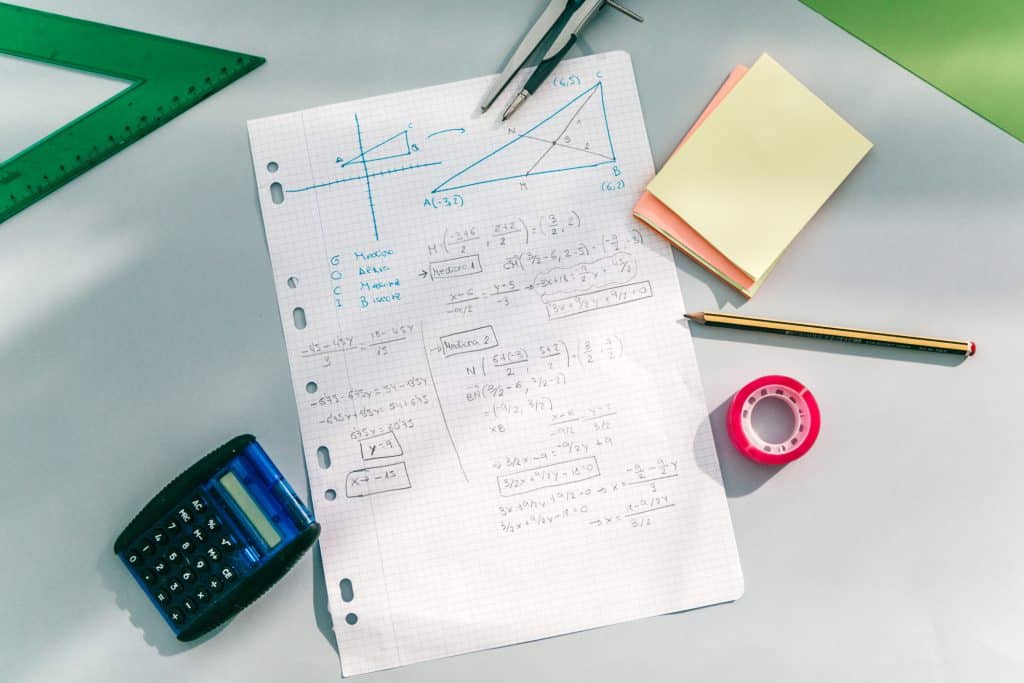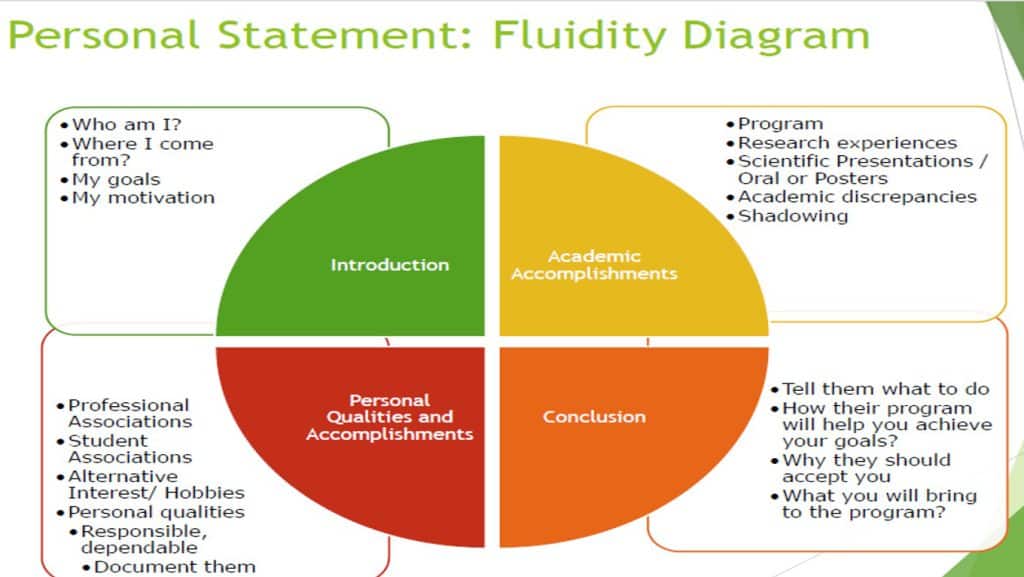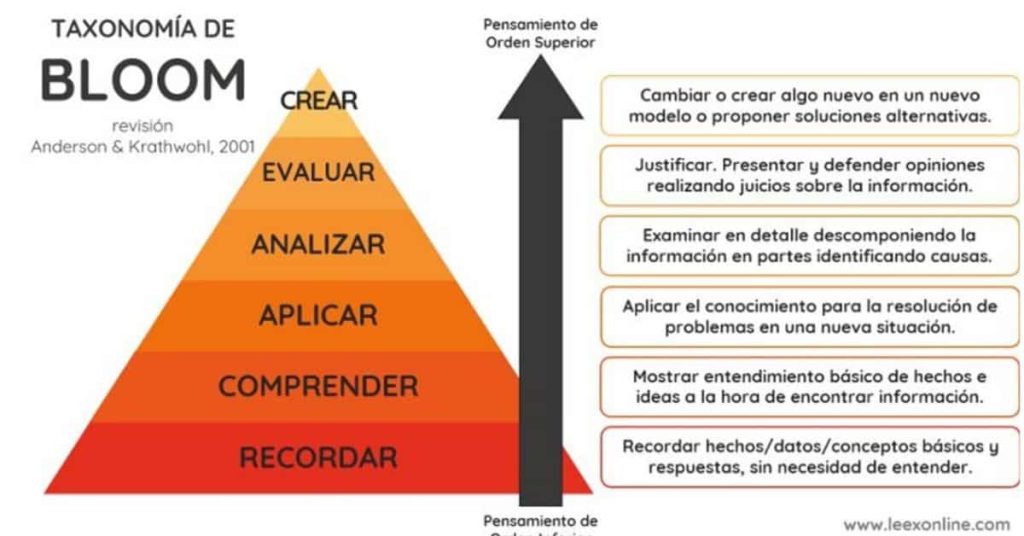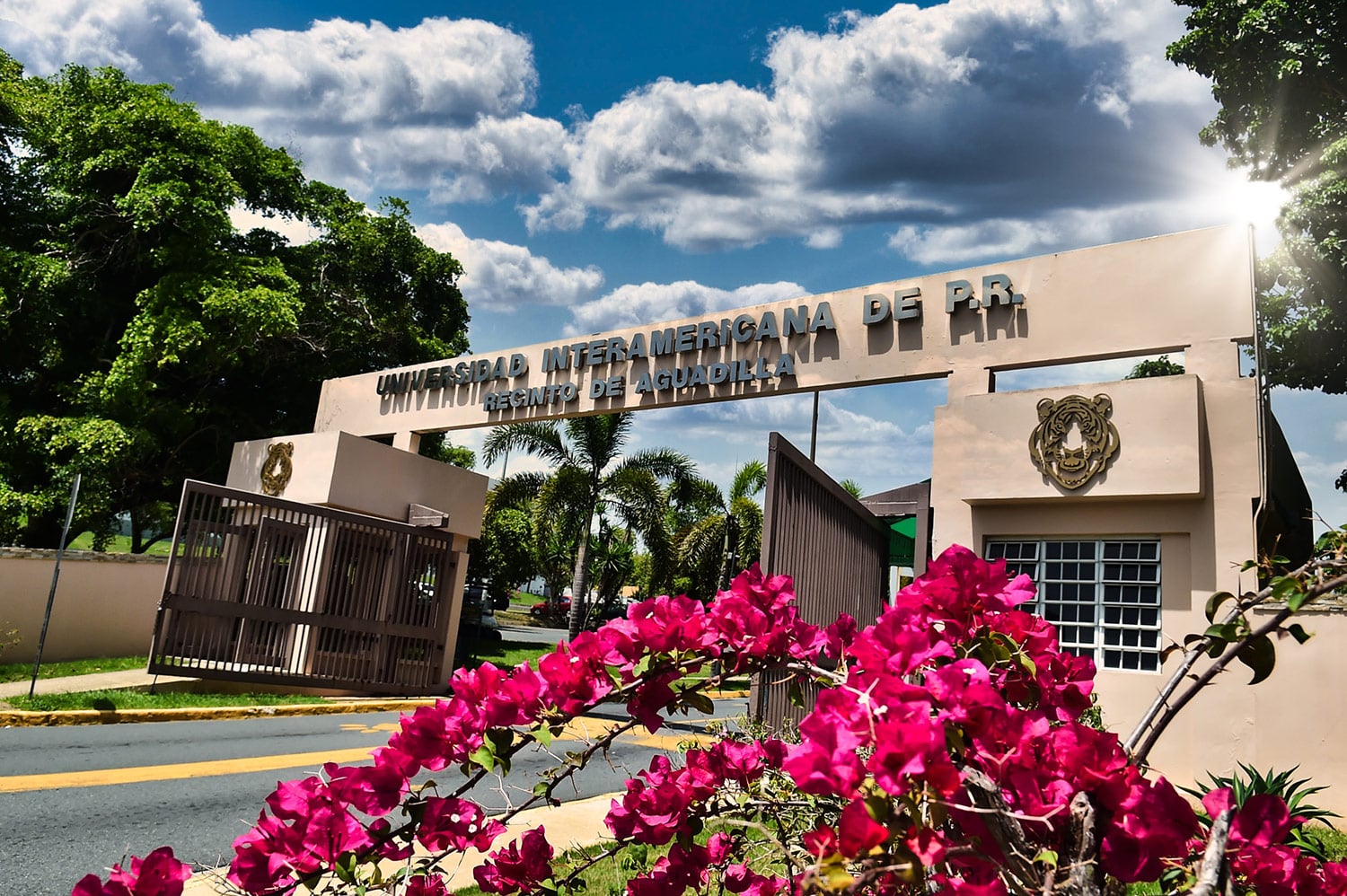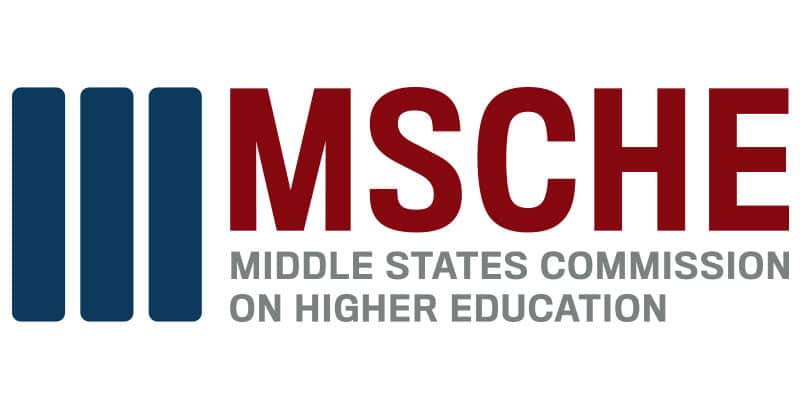Estilo y Estructura de un Artículo Científico
Introducción
Bienvenida del Curso
Bienvenido(a) al módulo de Estilo y estructura de un artículo científico. Este módulo está diseñado para familiarizarte con la estructura de un artículo científico primario. Conocerás el formato básico de un artículo y la distribución de su contenido. Al completar de este corto módulo, identificarás la estructura uniforme que utilizamos en la ciencia para crear informes y compartir nuestros resultados con los demás científicos.
La literatura científica se puede dividir en dos tipos principales:
I. Literatura primaria.
Envuelve todo documento proveniente de fuentes primarias donde se obtuvo datos y resultados. Estos son estudios originales basados en el método científico que envuelven observaciones directas, recolección de datos experimentales, uso de récords estadísticos, prácticas o políticas que tengan un impacto actual. En otras palabras, la literatura primaria envuelve todos los artículos basados en investigaciones empíricas. Estos son los artículos de investigación o «papers» publicados en revistas arbitradas donde la selección del artículo para ser publicado pasa por una revisión de pares («peer-reviewed article»).
¿Cómo se identifica un artículo primario?
a) Es publicado en una revista arbitrada por revisión de pares («peer-reviewed journals»).
b) El artículo contiene gráficas, tablas y análisis estadísticos.
c) El artículo contiene un resumen («abstract»), introducción, metodología, resultados, discusión y referencias.
II. Literatura secundaria.
Este tipo de literatura no obtiene la información de forma empírica, siguiendo el método científico. Esta literatura consiste de interpretaciones y evaluaciones derivadas de la literatura primaria. La literatura secundaria incluye los artículos de revisión o «review articles/papers», los meta analisis, los «systemic reviews» y los escritos de referencia. Este tipo de literatura resulta muy útil a la hora de conocer sobre un tema en particular o si se quiere tener una mejor idea o un «overview» de los útlimos hallazgos sobre un tema particular.
A continuación, conocerás la estructura básica de un artículo científico primario.
Listado de referencias utilizadas en este módulo:
Griffies, F. Perry, W. Hull, G. 2013. Elements of Style for Writing Scientific Journal Articles. Elsevier
MgGill University Library. (January 2022). Reading journal articles efficiently. https://libraryguides.mcgill.ca/fmtp026/read
Lección 1
Los artículos científicos proveen un método de comunicación entre científicos con el propósito de compartir los resultados obtenidos de sus experimentos. Los artículos siguen un formato estándar donde los autores presentan su investigación de forma ordenada y lógica. Como todos los artículos científicos siguen el mismo formato, resulta fácil para el lector identificar la parte del artículo donde esperan encontrar la información que buscan. Claro está, el orden en que se presentan los resultados no necesariamente refleja el orden en que se obtuvieron. A la hora de redactar el artículo, los resultados se acomodan de forma que la historia que se va a narrar en el artículo siga un hilo conductor.
I. Partes de un artículo científico
Identificación de las partes de un artículo. En amarillo, puedes ver las partes de la primera página de este artículo.
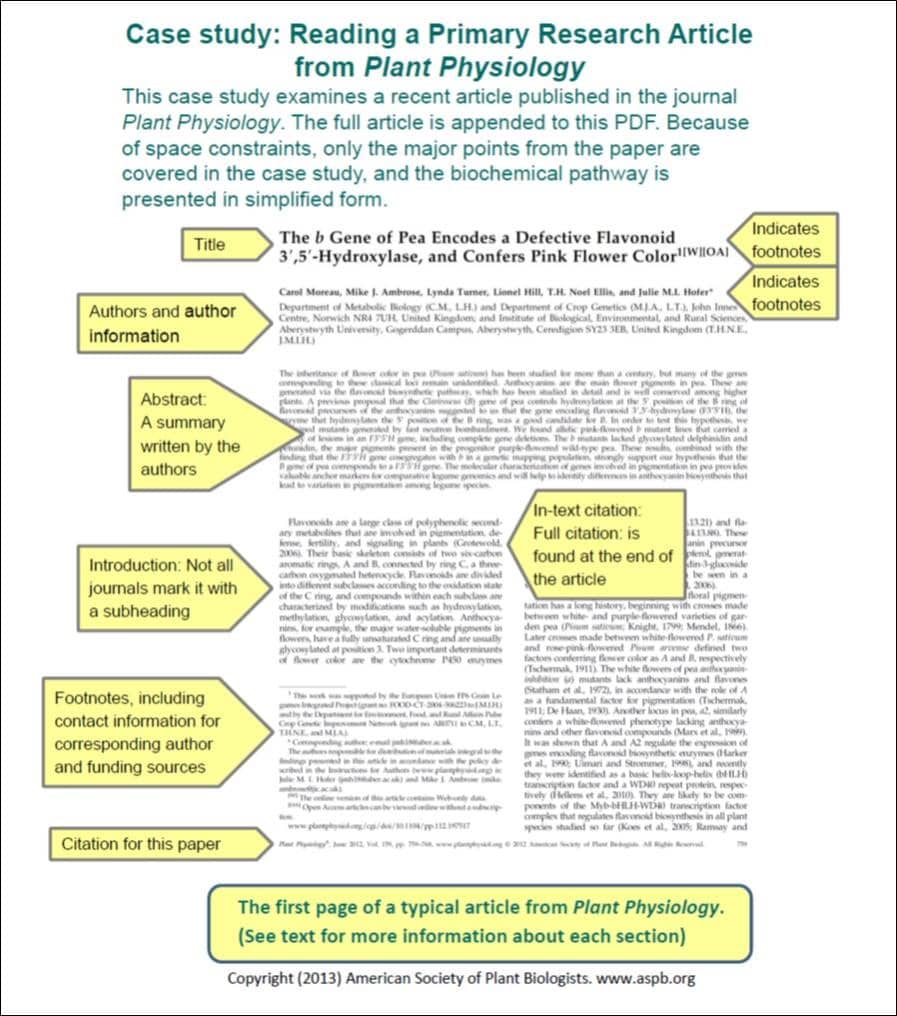
a) Título
El título es lo primero que va a leer la audiencia así que debe capturar la atención del lector para que éste decida si lo quiere leer. El título debe ser una oración que describa el resultado principal o el estudio principal de la investigación. El mismo debe describir el contenido del artículo pero sin ser tan técnico como para que solo un especialista lo pueda entender.
Ejemplos:
«Naturally ocurring off-switches for CRISPR-Cas9»
«DNA methylation as a mediator of risk factors of metabolic diseases in adulthood»
¿Qué información te ofrecen esto títulos? ¿Qué entiendes por ellos?
b) Autores
En esta sección se encuentra el listado de autores del artículo y su aficilación (universitaria o compañía donde trabajan).
- El primer autor («first author») es aquel que realizó la mayoría de la investigación y que redactó la mayoría del artículo.
- Del segundo autor hasta el penúltimo, se colocan en orden según su contribución a la investigación, siendo el segundo autor quien trabajó más que el tercero, etc.
- El último autor («principal investigator») es el investigador que está a cargo del proyecto completo de investigador. Esta es la persona que tiene asignados los fondos y los permisos para realizar la investigación. Es el mentor(a) del primer autor y es responsable de la investigación en general. Puedes verlo como el profesor(a) del curso o quien está a cargo del laboratorio.
c) Abstract
El abstract es el resumen de la investigación presentada. Le da al lector un «preview» de lo que va a encontrar en el artículo completo. Permite que el lector pueda identificar:
- el propósito de la investigación
- los resultados principales
- las conclusiones de la investigación.
Estilo: el abstract se escribe en tercera persona y en término pasado ya que es un resumen de lo que se realizó.
d) Introducción
Esta sección incluye la información de tranfondo o revisión de literatura necesaria para que el lector entienda el problema, el propósito de la investigación, su justificación y la hipótesis a estudiar en la investigación.
Estilo: la introducción se escribe en tercera persona y en término pasado ya que es una breve revisión de literatura.
e) Metodología o Materiales y métodos
La sección de metodología describe las técnicas de investigación que se utilizaron en el estudio. Estas deben describir los protocolos que se utilizaron de forma que otros investigadores puedan realizar el mismo experimento. Generalmente, en un artículo, la metodología se divide por las técnicas utilizadas. La última parte de la metodología incluye el análisis estadístico que se utilizó en la investigación.
Estilo: la metodología se escribe en tercera persona y en término pasado ya que son protocolos de experimentos que se realizaron.
f) Resultados
Aquí se presentan los datos obtenidos. Se incluyen las gráficas, tablas e imágenes, todas acompañadas de un título descriptivo y una leyenda apropiada. Además, los datos se describen en párrafos.
Estilo: se escribe en tercera persona y en término pasado ya que es un recuento de lo encontrado.
g) Discusión
En la discusión, los autores resaltan los resultados más significativos de la investigación y como éstos adelantan el conocimiento científico general explicando su aporte a la ciencia. Aquí también, se discuten las fortalezas y debilidades de la investigación. En ocasiones, esta sección incluye proyecciones futuras para la investigación.
Estilo: la discusión generalmente se escribe en primera persona plural y en término pasado.
h) Reconocimientos
En esta sección se agradece a toda persona que ayudó o facilitó el que se completara la investigación pero que no participó directamente en la misma. Por ejemplo, si los autores utilizaron los servicios de una facilidad en particular para secuenciar sus muestras, los autores agradecen a esa facilidad. Si la investigación fue subvencionada con fondos de una propuesta, se debe incluir el número de la misma.
i) Listado de referencias
Esta sección provee el listado completo de todas las fuentes de información citadas en el artículo. Cada revista científica tiene instrucciones particulares para como citar y listar las referencias.
Lección 2
Muchas veces cuando tenemos que leer artículos científicos nos sentimos abrumados por la cantidad de información allí contenida y no sabemos cómo «meterle mano» al artículo para poder comprenderlo y analizarlo. Como a través de tu programa de maestría estarás expuesto(a) a tantos artículos, te comparto el siguiente enlace e infografía para ayudarte a leer un artículo para «sacarle el jugo».

Esta información fue obtenida de: https://libraryguides.mcgill.ca/fmtp026/read





